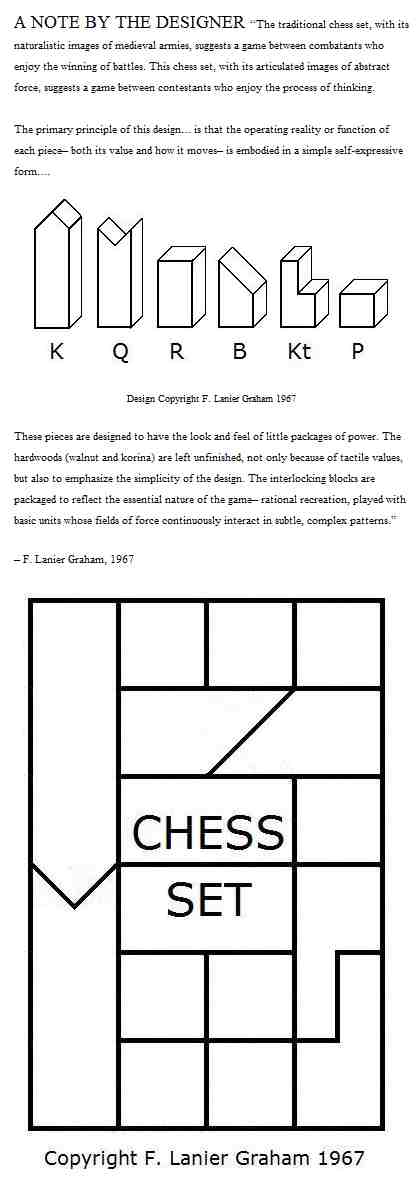|
Jim Dodge, Stone Junction
(a novel first published in 1989)
From pages 206-208, Kindle Edition—
`Have you seen it?'
Volta hesitated. `Well, I've dreamed it.'
Daniel shook his head. `I'm getting lost. You want me to vanish into your dreams?'
`Good Lord, no,' Volta blanched. `That's exactly what I don't want you to do.'
`So, what is it exactly you do want me to do?'
`Steal the diamond.'
`So, it's a diamond?'
`Yes, though it's a bit like saying the ocean is water. The diamond is perfectly spherical,* perfectly clear— though it seems to glow— and it's about two-thirds the size of a bowling ball. I think of it as the Diamond. Capital D.'
`Who owns it?'
`No one. The United States government has it at the moment. We want it. And to be honest with you, Daniel, I particularly want it, want it dearly. I want to look at it, into it, hold it in my hands. I had a vision involving a spherical diamond, a vision that changed my life, and I want to confirm that it was a vision of something real, the spirit embodied, the circuit complete.'
Daniel was smiling. `You're going to love this. That dream I wanted to talk to you about, my first since the explosion? It just happened to feature a raven with a spherical diamond in its beak. Obviously, it wasn't as big as a bowling ball, and there was a thin spiral flame running edge to edge through its center, which made it seem more coldly brilliant than warmly glowing, but it sounds like the same basic diamond to me.'
`And what do you think it is?'
`I think it's beautiful.'
Volta gave him a thin smile. `If I were more perverse than I already lamentably am, I would say it is the Eye of the Beholder. In fact, I don't know what it is.'
`It might be a dream,' Daniel said.
`Very possibly,' Volta agreed, `but I don't think so. I think— feel , to be exact— that the Diamond is an interior force given exterior density, the transfigured metaphor of the prima materia , the primordial mass, the Spiritus Mundi . I'm assuming you're familiar with the widely held supposition that the entire universe was created from a tiny ball of dense matter which exploded, sending pieces hurtling into space, expanding from the center. The spherical diamond is the memory, the echo, the ghost of that generative cataclysm; the emblematic point of origin. Or if, as some astrophysicists believe, the universe will reach some entropic point in its expansion and begin to collapse back into itself, in that case the Diamond may be a homing point, the seed crystal, to which it will all come hurtling back together— and perhaps through itself, into another dimension entirely. Or it might be the literal Philosopher's Stone we alchemists speak of so fondly. Or I might be completely wrong. That's why I want to see it. If I could actually stand in its presence, I'm convinced I'd know what it is. I would even venture to say, at the risk of rabid projection, that it wants to be seen and known.'
`But you're not even sure it exists,' Daniel said. `Right? And hey, it's tough to steal something that doesn't exist, even if you can be invisible. The more I think about this the less sense it makes.'
* Here Dodge's mystical vision seems akin to that of Anthony Judge in "Embodying the Sphere of Change" (St. Stephen's Day, 2001). Actually, the cube, not the sphere, is the best embodiment of Judge's vision.
|




















